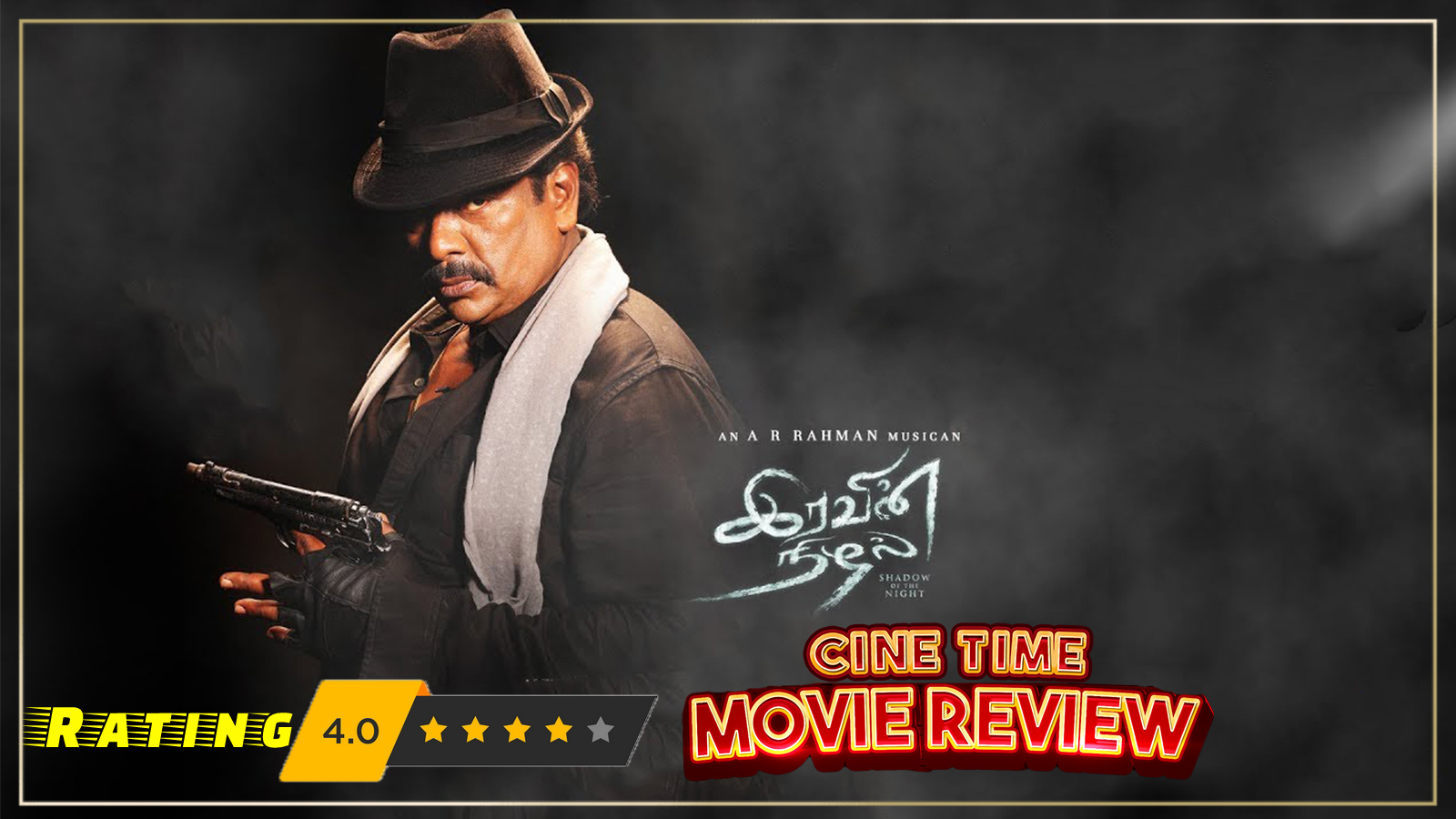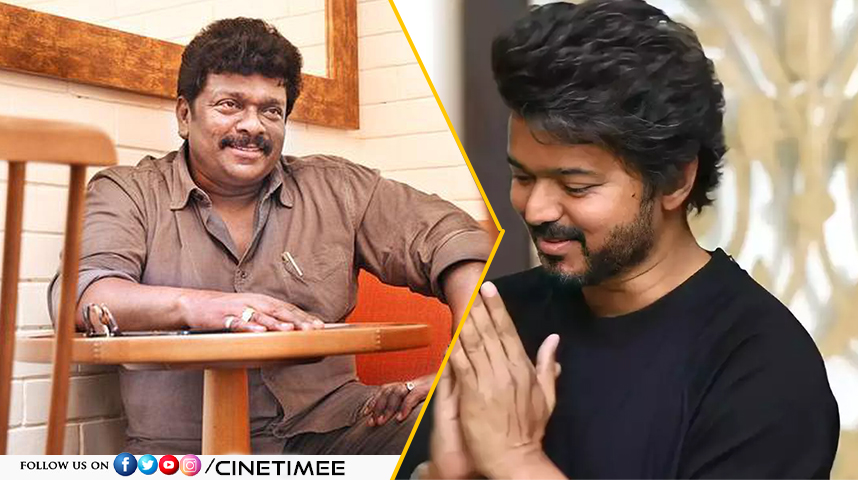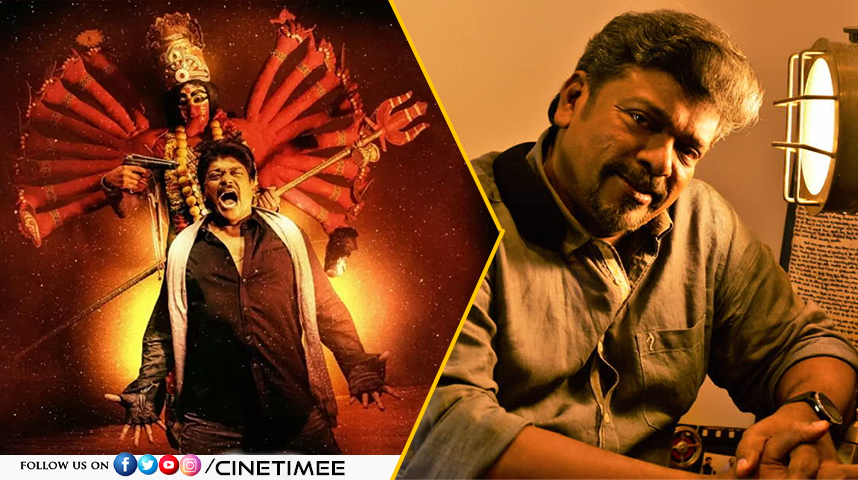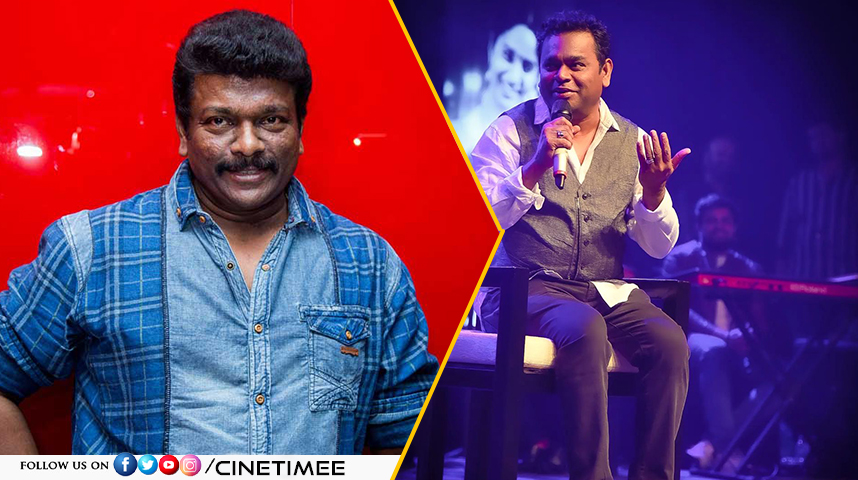Like the best of Parthiban’s movies, Iravin Nizhal isn’t a movie you can ever criticise for lacking effort. By showing a making-of feature before the main movie, the director actually forces us to observe this effort. The movie bills itself as “the world’s first single-shot non-linear film,” and in this nearly 30-minute feature, we witness the physical and metaphorical blood, sweat, and tears that went into shooting this movie in a single, uninterrupted 96-minute shot.
The inventiveness used to create the world of this movie, the heartbreak experienced when minor errors force the team to reshoot the movie (one crane error at the 92nd minute would have undoubtedly been soul-crushing), and the joy experienced when they finally succeed in getting everything right in the 23rd take are all on display here.
Moving on, the movie begins with Nandu (Parthiban), a financier of motion pictures, being informed that the police are about to arrest him. He then flees with a gun in hand, hoping to use it on Patamananda (Robo Shankar), a fake godman who is one of the people who have him in this precarious situation. He narrates his colorful life, the people who drove him into darkness, his sins, and the one glimmer of light that is still present in it as he waits for his target in a crumbling ashram.
Iravin Nizhal is an all-too-familiar story about a person’s rise and fall in terms of content. We observe how a child who was abandoned at birth is moulded by social pressures, pushed into a world of crime to survive, how love rescues him from it, and how he is again dragged back into the never-ending abyss of darkness. We observe how the women who enter his life, Lakshmi (Sneha Kumar), Premakumari (Varalaxmi Sarathkumar), Parvathi (Sai Priyanka Ruth), and Chilakamma (Brigida Saga), both positively and negatively influence it. We encounter Parthibanisms (there is even a nod to his first film Pudhiya Paadhai). Overall, it is essentially old wine in a new, oddly constructed bottle.
But the film’s true intrigue and originality lie in its form. This movie has the same theatrical flair as his previous one, Oththa Seruppu Size 7, which tried something new by using just one actor in the cast. The movie is centred on one character, who also happens to be the narrator, despite the grandiose scenery. The voice belongs to Parthiban, which makes it difficult to shake the Oththa Seruppu aura even though five actors (Chandru and Anandha Krishnan get the most screen time) portray this character at various periods of his life.
To his credit, the director doesn’t make the movie boring. The continual movement of Arthur Wilson’s camera gives the impression that we are fluttering through a person’s recollections. He is an infant in 1971 when the scene shifts to him as an adult counting his (ill-gotten) riches. On the other side, this constant movement also makes it challenging for us to put ourselves in the character’s situation and feel his feelings. We frequently wished for the narrator and the camera to move more slowly. Because of the way it is set up, the movie (and the camera) don’t appear to want to let us really experience the emotions, even when a character is sexually assaulted or passes away.
This method undoubtedly prevents the movie from having an emotional impact. The shape of single-shot movies like Victoria and 1917, which are actually composites of several frames that are stitched together to give the illusion of a single shot, was determined by the content. A night of revelry takes a sinister turn. In the midst of a conflict, a young soldier is required to convey a message. These concepts are particularly about the what-comes-next, therefore they lend themselves to such tactics. However, in this case, the main focus is on how Nandu ended up the way he did and how he would find atonement, which calls for more in-depth storytelling and immersive filmmaking.
However, Parthiban has made it plain in his pre-release interviews that the main reason he made this movie was to see if a non-linear plot could be captured on film in a single take. With this film, Parthiban has paved the way for upcoming filmmakers to engage in experimentation, much like the early silent film makers who were more interested in exploring the new technology of cinema and learning how it could be used, which was useful for those who came after them.employing the single-shot method for unique storytelling. There are countless instances where you are left in awe of how seamlessly the scenes change from one era to another. In addition, Parthiban skillfully employs sound effects and music (AR Rahman’s rousing score, which is like a ray of light in this film’s dark universe) to make us forget that the entire movie was shot inside the massive set that we see in the making-of video. In that regard, this “enterprise” is unquestionably a success because Parthiban accomplishes his goals.
Ineffective writing is offset by Iravin Nizhal’s outstanding filmmaking.
Iravin Nizhal Movie Review By CineTimee
[wp-review id=”43157″]







